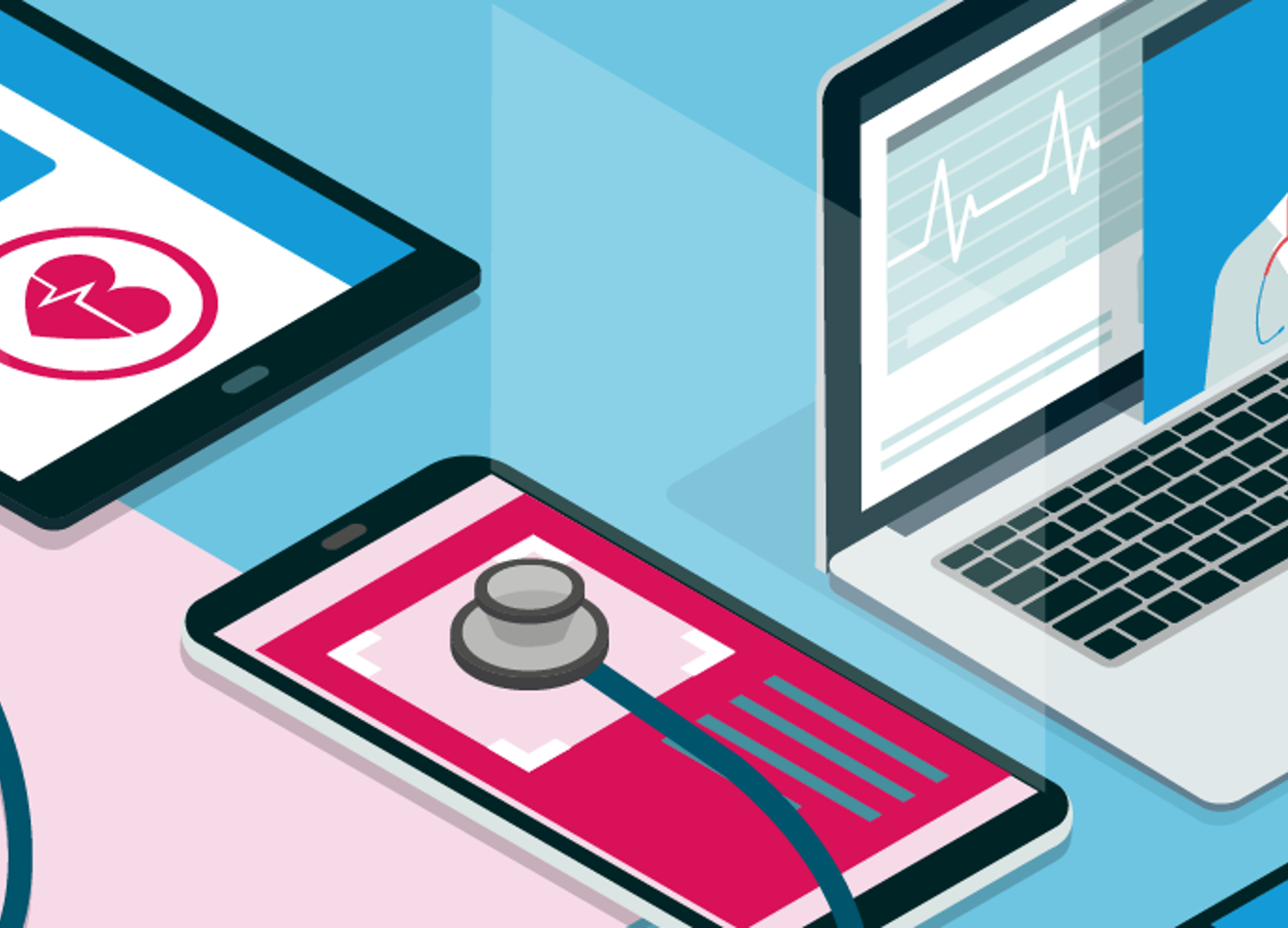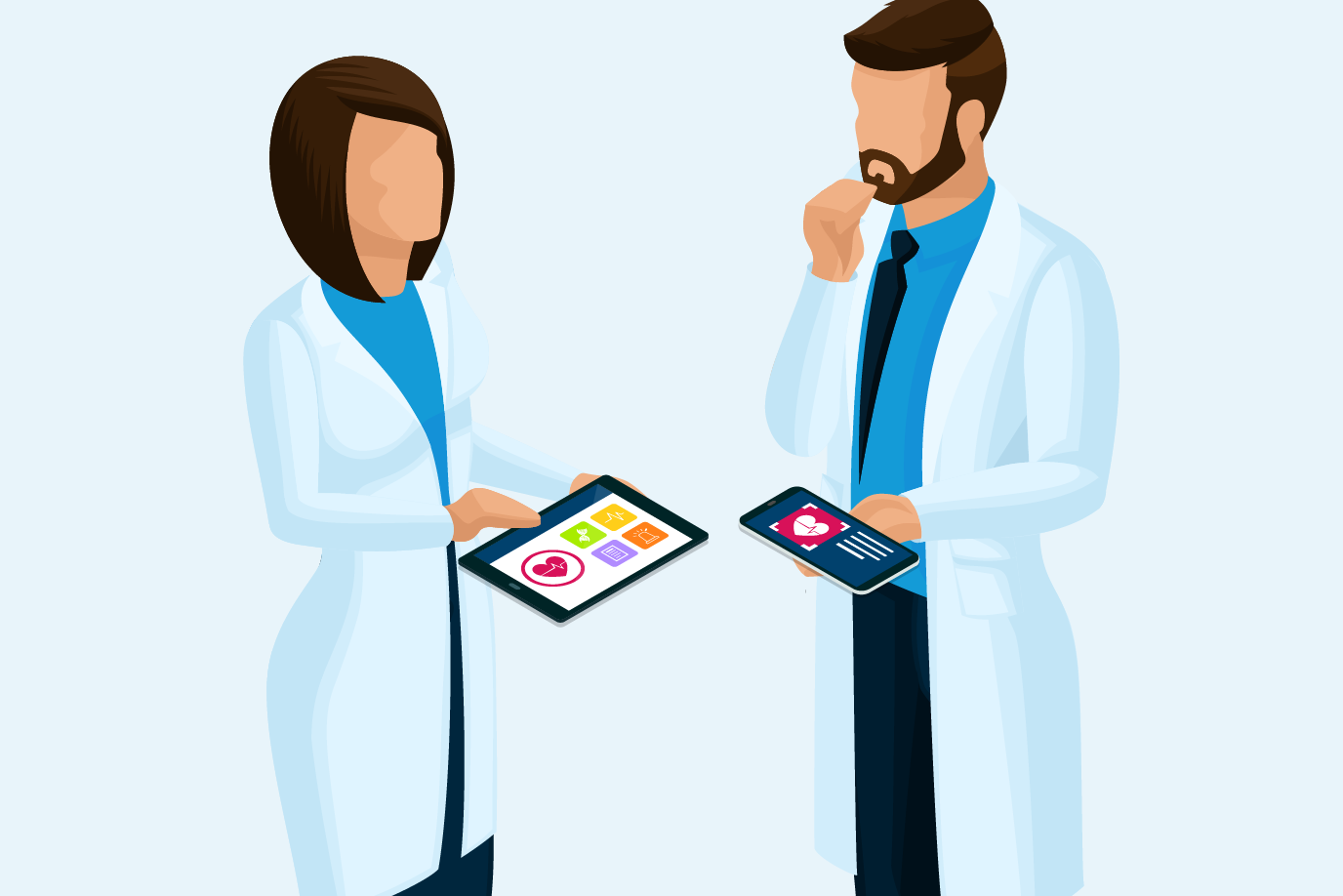With technology predicted to replace as much as 80 per cent of a physician’s everyday routine, the reliance on technology has never so great. Artificial Intelligence, Telemedine and mHealth are just three areas in heatlthcare that have made dramatic developments. But with these advancements, does it not beg the question: what are the new threats posed to patient safety?
Artificial Intelligence
Artificial Intelligence (AI), simply put, is the ability for computer algorithms to approximate conclusions without direct human input. AI is increasingly raising profound questions regarding medical responsibility. Normally when something goes wrong, the source of the blame can easily be traced. For example, a misdiagnosis would usually be the responsibility of the presiding physician. A faulty medical device which gives an incorrect read, harming a patient would likely see the manufacturer held to account.
Telemedicine
Telemedicine is the remote delivery of healthcare services, such as health assessments or consultations using video conferencing and smartphones, without the need for an in-person visit. Telemedicine can be classified into three main categories: remote patient monitoring, store-and-forward and interactive telemedicine, each of them having their own different risk profiles.
mHealth
In the field of dermatology application software has been failing to identify rare and unusual cancers. The recognition of images with scaly, crusted, ulcerated areas and melanomas which do not produce pigment, have been the main driver in false negatives. This has caused delayed treatments and in extreme cases, death.




